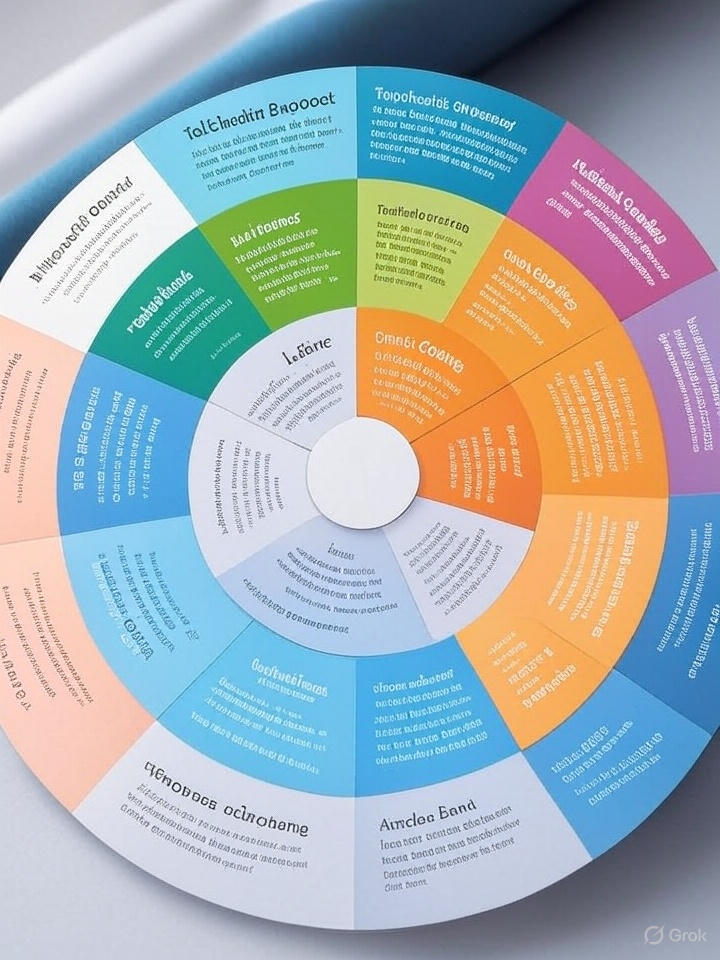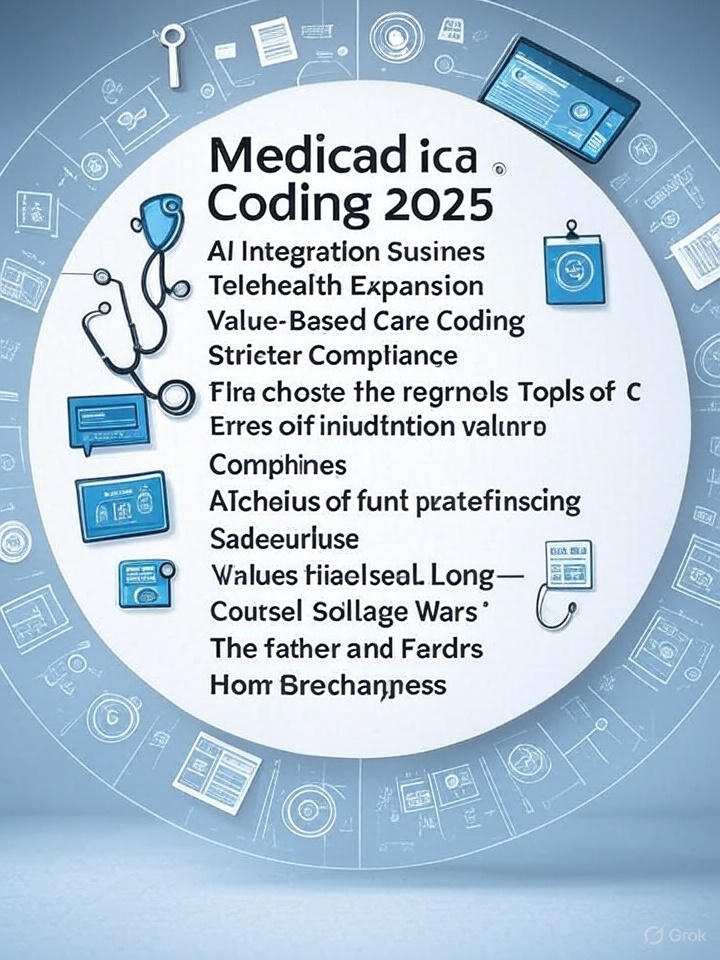Medical Coding Basics in Healthcare – Everything You Need to Know
Medical coding is one of the most important components of the health care system, which acts as a basis for accurate invoicing, insurance requirements, and patient records. Without this, health professionals and billing companies will face challenges in achieving timely refunds, which will lead to financial instability and administrative stress. This blog offers a broad overview of medical coding in the health care system, which simplifies concepts for beginners, provides insight into the medical coding paths in 2025. Towards the end, you will have a detailed understanding of health services coding with SEO optimization to support medical billing companies.
Medical Coding in the Health Care System?
The health care system has a process of translating medical coding, treatment, and medical procedures to a standardized alphanumeric code. These codes are used by insurance companies, public agencies, and health organizations to ensure accuracy in the effective treatment of invoicing and requirements.
The most commonly used medical coding systems include:
ICD-10 (International Classification of Diseases)-to classify people and health conditions.
CPT (current procedural vocabulary) – for coding treatment, surgical, and clinical processes.
HCPCs (Health Services Common Procedure Coding System) – for services, supplies, and equipment.
The Importance of Medical Coding in Health Care
Medical coding is not just about changing the information in the code – this is about ensuring even operation in the health care system. Here it means something:
Accuracy in Billing – Stops The Claim Errors and Reduces the Risk of Delay in Payment.
Effective communication acts as a universal language among suppliers, payments, and the authorities’ officials.
Compliance and legal protection – Exact coding security protector against fraud, audit, and punishment.
Health services and research – code help researchers trace the patterns of disease, develop treatment strategies, and plan public health initiatives.
Medical Coding Guide 2025: Major Update
The medical coding guide 2025 reflects the increasing demand for accurate, efficient, and technology integration in the coding process. Some of the most remarkable updates include:
Artificial intelligence (AI) integration in medical billing companies now depends on AI-controlled coding solutions to reduce human errors.
Telehealth Extension – With the external consultation standard, new codes are introduced to virtual health services.
Price-based care focuses on results-based coding to reflect the quality of coding meditation.
Strict compliance – CMS and other regulators have updated guidelines to reduce the invoicing of fraud.


Medical Coding for Beginners: a Step-By-Step Process
If you are new to the area, the medical coding for the beginning here is simplified:
Review medical documentation – analysis of patient diagrams, medical rotates, and test reports.
Remove information – identify main elements such as diagnosis, treatment, and procedures.
Assign code-APPSPPLY ICD-10, CPT, and HCPCS code accurately.
Check the match – Make sure codes meet insurance and regulatory requirements.
Submit for invoicing – additional coded data for billing teams to submit claims.
Healthcare Coding Explained:
While coding is needed, there are challenges:
Constant updates – Coding rules change annually, requiring continuous learning.
Documentary errors – incomplete or vague medical journal coding can cause errors.
Complex insurance – Each payment has unique requirements.
Definition and rejection – unsettled or incorrect codes often claim rejection.
Medical billing companies bridge these intervals by offering trained staff, advanced equipment, and strict compliance goals.
Why Participate With a Medical Billing Company for Medical Coding?
Healthcare professionals, such as those outsourcing coding, can take advantage of a reliable medical billing company:
Better accuracy – experts reduce encouragement and promote acceptance requirements.
Fast reimbursement-good-coded requirements are quickly paid in cycles.
Regulatory compliance – companies ensure compliance with HIPAA and CMS rules.
Be aware that patients – doctors may focus on taking care of administrative work.
The Future of Medical Coding in Health Care
The future of medical coding in the healthcare system is developing rapidly. What is expected here:
Automation and AI-operated coding technology will handle regular coding tasks, leaving people to handle complex cases.
More emphasis on telemedicine – expansion of codes that support digital and virtual health services.
Data-driven health services will support preventive care and better patient results for analysis.
Continuous education – coders will need training to remain up to date with new systems and rules.
Conclusion
Medical coding is the spine of the invoicing system for the healthcare system. With the medical coding guides 2025, suppliers and billing companies should invest in technology and skilled professionals to continue. For beginners, for medical coding, understanding the basics of ICD-10, CPT, and HCPCS is the first step. Partnership with a professional medical billing company ensures accuracy, compliance, and financial efficiency, so that health professionals can focus on patient care. In short, the interpretation of health services coding is not just about numbers – it is about the construction of a bridge between medical services and financial stability.
FAQs
Medical coding ensures accurate invoicing, treatment of insurance requirements, and compliance with health services rules, while supporting research and health data analysis.
ICD-10 for primary system diagnosis, CPT for procedures, and HCPC for services and supplies.
Exact coding requirements reduce denial, speed up reimbursement, and allow suppliers to focus more on the care of the patient.
Beginners often struggle with frequent updates, complex insurance requirements, and explaining vague medical documentation.
Outsourcing coding ensures accuracy, regulatory compliance, rapid requirements, and financial stability for health practices.




